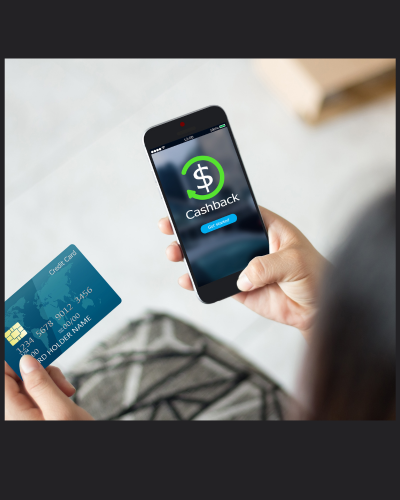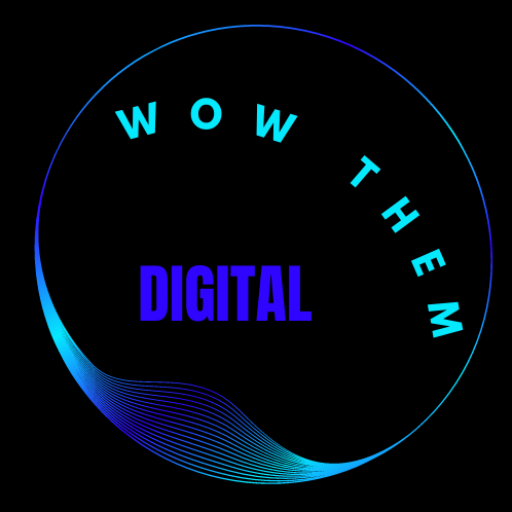Customer Loyalty Rewards Program

Loyalty and rewards marketing is a strategy used by businesses to encourage customer loyalty and repeat purchases by offering rewards, incentives, and personalized experiences. The goal is to create long-term relationships with customers and increase their engagement with the brand.
Here are some key elements and concepts related to loyalty and rewards marketing:
Loyalty Programs: Loyalty programs are structured marketing efforts that reward customers for making repeat purchases or taking certain actions. These programs typically involve the use of loyalty cards, membership accounts, or mobile apps to track and accumulate points, rewards, or discounts. Examples include airline frequent flyer programs, hotel loyalty programs, and retail reward cards.
Rewards and Incentives: Rewards can come in various forms such as discounts, coupons, free products, exclusive access to events, upgrades, or personalized offers. Incentives motivate customers to continue engaging with the brand and reinforce their loyalty.Personalization: Effective loyalty and rewards marketing often involves personalization. By collecting and analyzing customer data, businesses can tailor rewards and offers to individual preferences, shopping habits, and demographics. Personalization helps create a sense of exclusivity and enhances the customer experience.
Tiered Programs: Many loyalty programs incorporate tiered structures, where customers can advance to higher tiers based on their level of engagement and spending. Each tier offers increasing benefits, such as enhanced rewards, VIP treatment, or priority access to sales and events. Tiered programs provide incentives for customers to reach higher levels and foster a sense of achievement.
Gamification: Gamification techniques are often employed in loyalty and rewards marketing to make the experience more engaging and enjoyable. This can involve challenges, badges, leaderboards, or interactive elements that encourage customers to actively participate in the program.
Data Analytics: Loyalty programs generate a wealth of customer data, including purchase history, preferences, and behaviors. By leveraging data analytics, businesses can gain insights into customer trends, identify opportunities for targeted marketing campaigns, and measure the effectiveness of their loyalty initiatives.
Omnichannel Integration: Successful loyalty and rewards marketing extends across multiple channels and touchpoints, including in-store, online, mobile, and social media. Integrating the program seamlessly across these channels ensures a consistent experience and maximizes customer engagement.
Communication and Engagement: Regular communication with program members is crucial for maintaining their interest and participation. This can be done through personalized emails, app notifications, or targeted advertising campaigns to keep customers informed about new rewards, promotions, or exclusive offers.
Referral Programs: Referral programs incentivize customers to refer their friends and family to the brand. By rewarding both the referrer and the new customer, businesses can acquire new customers through the advocacy of their existing loyal customer base.Feedback and Surveys: Gathering feedback from loyalty program members allows businesses to understand their needs and preferences better. Conducting surveys and soliciting input demonstrates that their opinions are valued and can help improve the program over time.
Overall, loyalty and rewards marketing is an effective strategy for building customer loyalty, increasing customer lifetime value, and fostering a positive brand relationship. By providing incentives, personalization, and engaging experiences, businesses can encourage repeat purchases, drive customer advocacy, and differentiate themselves in competitive market.
Our “Loyalty Rewards Program” is $30.00 monthly. We are implementing a way for you to sign up from our website. So, please check back soon.
